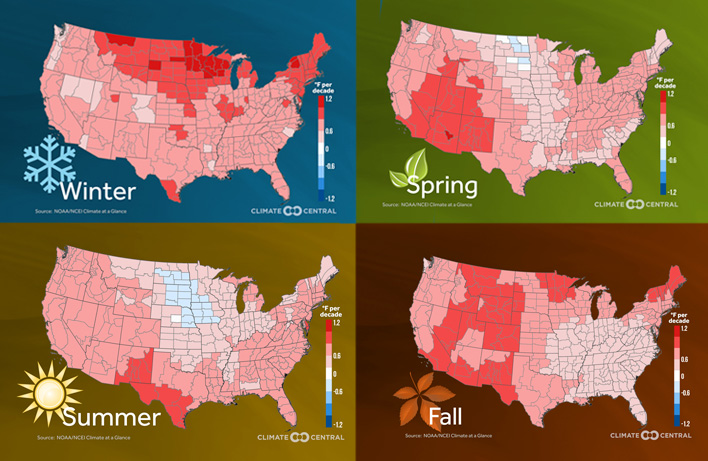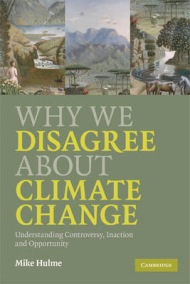Central America, a region that epitomizes the vibrant tapestry of nature, serves as a living laboratory for climatic phenomena. Here, the interplay between tropical warmth and seasonal variations unveils an intricate narrative that invites exploration. This locale, positioned strategically between the equator and the temperate zones, showcases the geographical and climatic contrasts that sculpt its environmental essence.
The climate of Central America is predominantly classified as tropical, characterized by warm temperatures and significant precipitation. However, this generalization scarcely encapsulates the complexity of microclimates and regional variations that exist within the narrow confines of the isthmus. Elevation plays a pivotal role in weather patterns. As one ascends the lush slopes of volcanic mountains, the climate metamorphoses from tropical to temperate. This elevation gradient fosters a dazzling array of biodiversity and ecosystems.
The region’s climatic narrative is chiefly dictated by two distinct seasons: the wet season and the dry season. The wet season, typically spanning from May to November, engenders a cascade of rainfall, invigorating both flora and fauna. The lush landscapes bloom into a vivid green, with cascading waterfalls and gushing rivers accentuating the scenery. It is during these months that agricultural activities peak, as crops flourish under the nourishing deluge. This season is not merely a time of abundance; it is a cyclical rejuvenation, a tuning into nature’s rhythm.
Conversely, the dry season, often from November to April, introduces a stark contrast. The once-vibrant palettes of green recede, yielding to more muted earth tones. However, this period is not devoid of its own allure. Clear blue skies and temperate evenings create an atmosphere conducive to celebration and festivity. Locals revel in this climatic interlude, hosting festivals that showcase rich cultural traditions and culinary delights. In many ways, this shift symbolizes a broader environmental adaptation, reflecting the resilience and dynamism of Central American communities.
Yet, the ramifications of climate change are asserting their influence across these rhythms. Variability in rainfall patterns, rising temperatures, and extreme weather events are scripting a new chapter in Central America’s climatic story. The wet season has begun to exhibit erratic behaviors—deluges and prolonged droughts are no longer anomalies but rather harbingers of a new climatic reality. Communities, heavily reliant on agriculture, are experiencing direct impacts, prompting shifts in crop choices and cultivation practices.
Climate change is not simply an abstract concept; it bears real consequences that intertwine with the socio-economic fabric of Central America. Smallholder farmers, who constitute a significant part of the agricultural sector, find themselves at the forefront of this evolving challenge. Unpredictable weather patterns complicate traditional farming methods, often resulting in decreased yields and increased vulnerability. The reliance on indigenous knowledge and adaptive practices becomes crucial as communities seek to mitigate these climatic adversities.
However, amidst this milieu of challenges, there exists a burgeoning movement towards climate resilience and sustainable practices. Local organizations are fostering innovative agricultural techniques that align with ecological principles. Agroforestry, permaculture, and organic farming methods are gaining traction, promoting biodiversity while enhancing food security. These practices embody a shift towards a more harmonious relationship with the land, ensuring that the gifts of the seasons can be preserved for generations to come.
Education and awareness campaigns are also instrumental in instigating a paradigm shift. By cultivating a culture of environmental stewardship, communities are not only equipped to adapt but also empowered to engage in climate advocacy. Grassroots movements and alliances are forming, advocating for policies that prioritize sustainability and environmental protection. The initiation of community-based monitoring systems is another innovative approach, allowing locals to gather data on climatic changes and share their findings with broader audiences.
As urbanization continues to burgeon, the interaction between climate and human activity becomes increasingly pronounced. Cities such as San Salvador, Guatemala City, and Tegucigalpa illustrate this tension between development and environmental integrity. Urban heat islands, exacerbated by deforestation and land-use changes, present additional challenges that demand immediate attention. Sustainable urban planning and green infrastructure are emerging as pivotal components of resilient city design, promoting shaded green spaces and sustainable transport systems to buffer against climate impacts.
The juxtaposition of economic development and environmental sustainability is not merely a challenge but an opportunity for innovative problem-solving. Leveraging renewable energy resources—such as hydroelectric, solar, and wind power—can bolster the region’s resilience against climatic fluctuations while reducing dependence on fossil fuels. Central America sits amid a wealth of natural resources that, if harnessed responsibly, can foster ecological balance and energy security.
The captivating climate of Central America, where seasons dance with the tropics, offers a unique perspective on the intricate relationship between nature and humanity. While the challenges stemming from climate change are undeniable, the resilience, ingenuity, and passion of its people provide a hopeful outlook for the future. As stories of adaptation and sustainability emerge, they serve as rays of inspiration amid the looming clouds of impending climate change.
In conclusion, recognizing the inextricable links between human activity and climatic variations fosters not only awareness but also action. A shift in perspective, viewing our environment as a living entity deserving of respect and care, can redefine our relationship with nature. By embracing the promise of solidarity and sustainability, Central America can emerge as a beacon of climate resilience—an exemplar for other regions confronting similar challenges while underscoring the potential of the human spirit to navigate an ever-evolving world.








